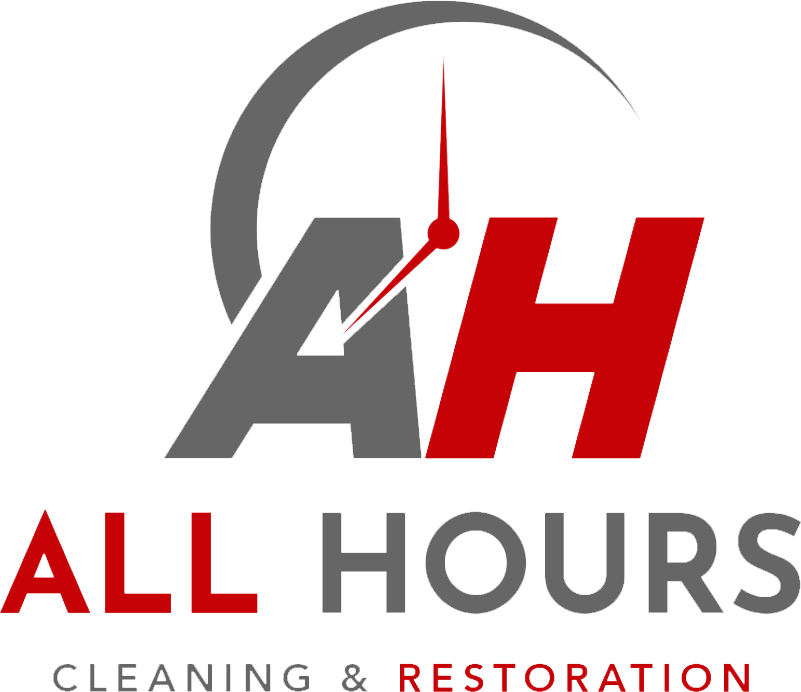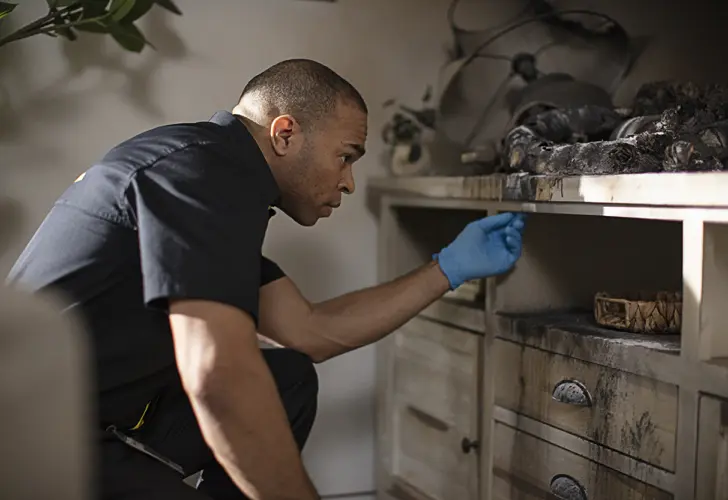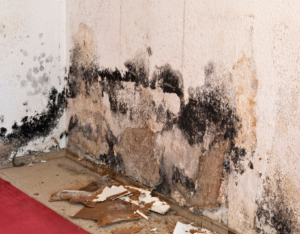Mold is a common household problem, but not all molds are the same. Among the many varieties, orange mold often raises questions due to its unusual color and appearance. Is it harmful? Should you be concerned?
This article dives into what orange mold is, where it’s found, and whether it poses a danger to your health or home.
Key Takeaways
- Orange mold is a fast-growing type of fungus that occurs in damp and humid environments.
- It can pose health and property risks if left unchecked. Regular cleaning, moisture control, and prompt action are key to preventing and addressing orange mold growth.
Table of Contents
What is Orange Mold?
Orange mold is a type of fungus that thrives in damp, humid environments. Unlike the more familiar black or green molds, orange mold often appears slimy, powdery, or gelatinous and can range in color from pale orange to a deep, rust-like hue.
Common Types of Orange Mold
Orange mold is a broad term comprising different varieties including:
- Acremonium — Found in damp indoor spaces, such as bathrooms and kitchens.
- Fuligo septica — Also known as "dog vomit mold or slime mold," this species is commonly found outdoors on mulch, wood, or compost.
- Neurospora — This is a less common mold often associated with food spoilage.
Where Does Orange Mold Grow?
Orange mold is most often found in areas with excessive moisture and limited ventilation. Common places include:
- Bathrooms: On shower walls, tiles, and grout.
- Kitchens: Under sinks, around faucets, or in poorly sealed refrigerators.
- Wood: Particularly untreated or rotting wood.
- Outdoor Areas: On mulch, decaying trees, or compost heaps.
- Food: Particularly on bread, fruits, and vegetables when they spoil.
Is Orange Mold Dangerous?
A common question when it comes to this water damage aftermath is, “Is mold from water damage dangerous?” The answer is Yes. However, the danger of orange mold depends on the type and the exposure level.
Here are a few factors to consider:
Health Risks
- Allergic Reactions — People sensitive to mold may experience symptoms like sneezing, coughing, watery eyes, or skin irritation when exposed.
- Respiratory Issues — Prolonged exposure to orange mold spores, particularly in individuals with asthma or compromised immune systems, can aggravate respiratory problems.
- Toxins — Some species of mold produce mycotoxins, which can pose significant health risks if inhaled or ingested. However, orange mold is less likely to produce harmful toxins than black mold.
Property Damage
Orange mold often grows in damp environments, such as on wood, drywall, or other porous materials. Over time, it can:
- Weaken Structures — It can contribute to wood rot and damage to building materials.
- Spread Quickly — Mold spreads by releasing spores, making untreated areas vulnerable to further contamination.
- Cause Food Spoilage — Orange mold commonly appears on food, rendering it unsafe to eat and producing unpleasant odors.
How to Identify Orange Mold
To determine whether you’re dealing with orange mold, look for the following signs:
- Slimy, powdery, or gelatinous orange patches.
- A musty or earthy odor in the affected area.
- The presence of moisture or water damage nearby.
How to Get Rid of Orange Mold
If you suspect orange mold in your home, prompt action is necessary to prevent it from spreading. Here’s what to do:
DIY Removal
- Safety First: Wear gloves, a mask, and goggles to protect yourself from spores.
- Clean the Area: Use a mixture of water and detergent to scrub away the mold. For tougher stains, try a solution of white vinegar and baking soda.
- Disinfect: Apply a mold-killing solution, such as hydrogen peroxide or a commercial mold remover.
- Dry Thoroughly: Ensure the area is completely dry to prevent regrowth.
Professional Help
If the mold covers a large area, has spread to porous materials, or poses health risks, it’s best to contact a professional mold remediation service. Experts have the tools and expertise to remove the mold safely and thoroughly.
Preventing Orange Mold
To keep orange mold at bay, follow these prevention tips:
- Control Humidity — Use dehumidifiers or air conditioners to keep indoor humidity levels below 50%.
- Fix Leaks — Repair any plumbing or roof leaks promptly.
- Ventilation — Ensure proper ventilation in bathrooms, kitchens, and other moisture-prone areas.
- Regular Cleaning — Keep surfaces dry and clean.
Quality Mold Damage Restoration
Mold growth can damage your property and put your health at risk. At All Hours Restoration, we provide expert mold damage restoration services to quickly and effectively remove mold, repair the damage, and restore your peace of mind. Contact us today to schedule a free initial inspection.





